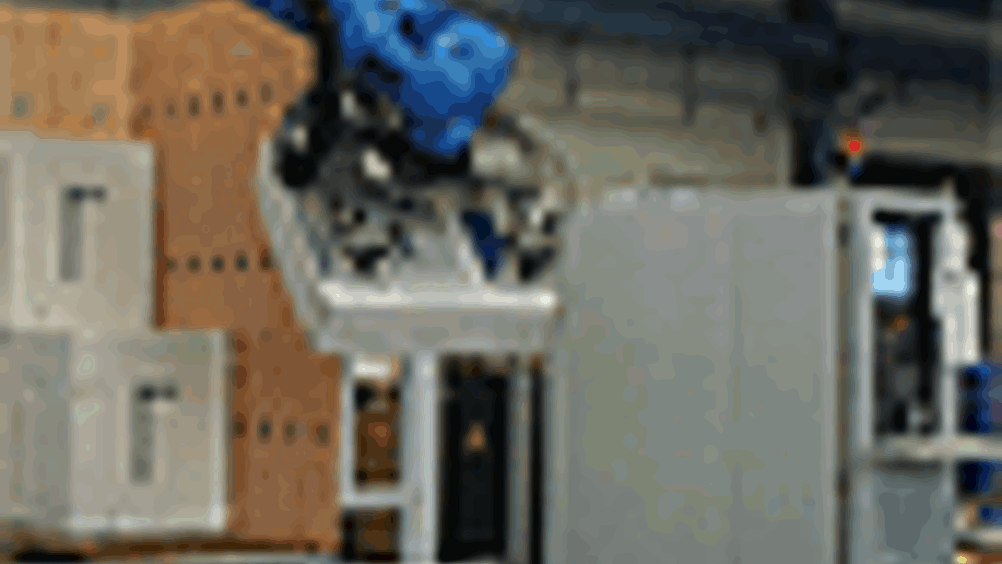Packed with innovations
New handling systems featuring robots that can manipulate a variety of objects are automating previously labour-intensive packaging lines.

Automated handling has been used for several decades in the food and drinks sector, but the flexibility and robustness of modern systems, including robots and conveyors combined with vision systems, are allowing them to enter areas formerly confined to manual operations.
Modern, automated handling systems can now cope with a vast array of sizes and shapes, enabling manufacturers to increase productivity when it comes to end-of-line packing — an important growth area for use of the technology.
For example, the initial automated handling on a cheese packaging line in Lincolnshire proved so successful that two more robots have since been fitted. Robotic specialists from
in Melton Mowbray fitted two Mitsubishi Electric RV6SL six-axis robots, vision systems and associate equipment and software, all of which come ready for immediate and rapid installation. The Lincolnshire production line serves many supermarket chains and works a relentless 16 hours a day, six days a week. In December this increases to fever pitch, but is followed by its quietest period of the year.
Register now to continue reading
Thanks for visiting The Engineer. You’ve now reached your monthly limit of news stories. Register for free to unlock unlimited access to all of our news coverage, as well as premium content including opinion, in-depth features and special reports.
Benefits of registering
-
In-depth insights and coverage of key emerging trends
-
Unrestricted access to special reports throughout the year
-
Daily technology news delivered straight to your inbox










BEAS funding available to help businesses cut energy costs
And not a moment too soon, if the following exchange broadcast last Friday 13th June, on the Radio 4 ´Rare Earth´ program (link below, ~ 17 minutes...